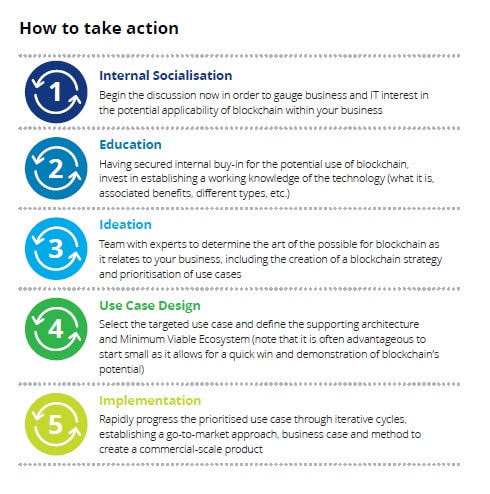When two chains combine has been saved

Perspectives
When two chains combine
Supply chain meets blockchain
In an increasingly digitized world, emerging technologies, such as blockchain, afford organizations the opportunity to drive business value throughout their supply networks. We now have safer and more efficient ways to connect with business partners as well as to track and exchange any type of asset. The ability to deploy blockchain technologies to create the next generation of digital supply chain networks and platforms will be a key element in business success.
Mitigating supply chain issues through blockchain
According to Eric Piscini, principal and global blockchain leader at Deloitte Consulting LLP in the US, supply chains across industries and countries will be reimagined, improved, and disrupted by blockchain technologies.
Building supply chain capabilities with digital technologies can result in greater levels of performance.
In this paper, Deloitte's blockchain and supply chain professionals share insights on how blockchain-enabled technology can mitigate four cross-industry supply chain issues—traceability, compliance, flexibility, and stakeholder management. The paper draws on use cases from the pharmaceutical industry (product tracking), automotive industry (purchasing platform), and food industry (know your supplier).

Blockchain context
Blockchain has been described as an information game changer due to its unique capabilities and benefits to provide greater information transparency. At its core, blockchain is a distributed digital ledger that lives on the internet and records transactions and events. The technology relies on well-established cryptographic principles and operates as a repository for information, which is recorded and shared through a peer-to-peer community. Within the decentralized network, all participants maintain their own copy of the ledger, referred to as a node, where they validate new entries to the chain through the use of a consensus protocol.
While one of the primary uses of blockchain is record keeping, organizations should know that blockchain is much more than simply an enterprise database. While databases are suitable for recalling
The implementation of blockchain technology can remediate supply chain pain points including traceability, compliance, flexibility, and stakeholder management.

Why blockchain makes sense
Blockchain can provide a complete chain of custody for items that are stored on the blockchain, from their origin to point of sale. Furthermore, users can trust the data on the chain due to its immutability and the use of digital signatures, which enable non-repudiation capabilities.
Blockchain’s tracking capabilities (including timestamping) provide a full audit trail which gives businesses increased confidence in the authenticity and quality of goods, impacting sourcing decisions. The distributed nature of the platform allows for greater oversight and control of products while real-time tracking via smart contracts gives supply chain stakeholders the flexibility to make rapid decisions and update inventory levels on a continuous basis, thereby reducing working capital inactivity.
How to take action
Launching a blockchain journey may besimplified by planning the approach in the incremental steps shown below:

Recommendations
Break through with blockchain
How can financial institutions leverage a powerful technology?
Using blockchain to drive supply chain transparency
Use cases and future outlook on blockchain in supply chain management



